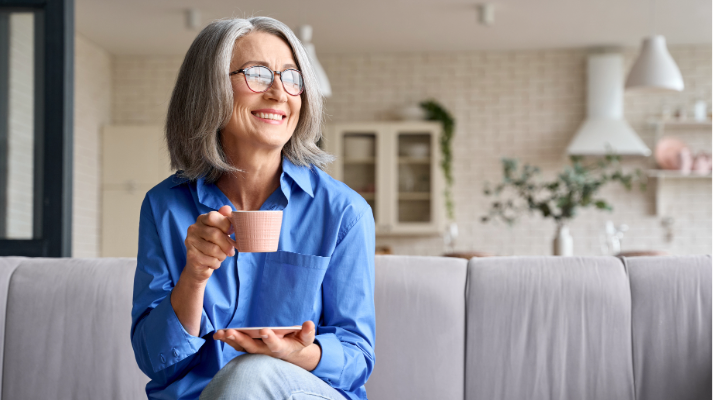
Glaucoma is often called the “silent thief of sight.” It’s a leading cause of blindness worldwide, yet many people are unaware of the risks it poses or the steps they can take to prevent it. By understanding glaucoma and taking proactive measures, you can safeguard your vision for years to come.
What Is Glaucoma and Why Is It Serious?
Glaucoma is a group of eye conditions that damage the optic nerve, which is vital for clear vision. This damage is often caused by abnormally high pressure in the eye. Over time, this can lead to irreversible vision loss or even blindness.
Unfortunately, glaucoma usually develops without noticeable symptoms in its early stages, which is why many people don’t realize they have it until significant damage has already occurred. Regular eye exams are the only way to catch glaucoma early, making them essential for protecting your vision.
Common Types of Glaucoma
There are several forms of glaucoma, but the two most common are:
- Primary Open-Angle Glaucoma – The most common form, it progresses slowly and painlessly.
- Angle-Closure Glaucoma – A less common but more severe form that can develop suddenly and requires immediate medical attention.
Why Early Detection Matters
Detecting glaucoma early can mean the difference between saving and losing your vision. According to the World Health Organization, 90% of blindness caused by glaucoma is preventable with early detection and treatment.
Symptoms Aren’t Always Obvious
One of the most challenging aspects of glaucoma is its lack of early symptoms. You may not notice any vision changes until the condition is advanced. By the time peripheral vision begins to fade, significant damage may already have occurred.
How Eye Exams Help
During a comprehensive eye exam, your eye doctor can measure your eye pressure, examine your optic nerve, and identify any signs of glaucoma. Advanced technology, such as visual field tests and optical coherence tomography (OCT), can detect changes in the optic nerve before vision loss occurs.
Reducing Your Risk: Steps You Can Take
While some risk factors for glaucoma, such as age and genetics, are beyond your control, there are several proactive steps you can take to reduce your risk:
- Get Regular Eye Exams – Adults over 40 should have an eye exam every 1–2 years, or more frequently if they have a family history of glaucoma or other risk factors.
- Know Your Family History – Glaucoma can run in families. If a close relative has been diagnosed, your risk is higher, and you should inform your eye doctor.
- Maintain a Healthy Lifestyle - Exercise regularly, eat a balanced diet, and protect your eyes from potential injuries.
- Take Medications as Prescribed – If you’re diagnosed with glaucoma, your eye doctor may prescribe medications to control eye pressure. Follow the treatment plan closely to avoid further damage.
- Watch for Warning Signs – Seek immediate medical attention if you experience symptoms like severe eye pain, blurred vision, halos around lights, or nausea and vomiting, as these may indicate angle-closure glaucoma.
Spreading Awareness: What You Can Do
Educating yourself and others about glaucoma is a powerful way to fight this condition. Share this information with family and friends, encourage them to schedule regular eye exams, and participate in community events during Glaucoma Awareness Month in January.
Glaucoma doesn’t have to steal your sight. By staying informed, getting regular eye exams, and adopting healthy habits, you can take charge of your eye health. Remember, the earlier glaucoma is detected, the better the chances of preserving your vision.
Your eyes are precious—don’t wait to protect them. Schedule your next eye exam today and take a proactive step toward lifelong vision health.
Information received through CEC vision care channels is for informational purposes only and does not constitute medical advice, medical recommendations, diagnosis, or treatment. Always seek the advice of your eye doctor, physician, or another qualified health provider with any questions you may have regarding a medical condition.
CEC is a wholly-owned subsidiary of VSP Vision.
Sources: American Academy of Ophthalmology (AAO), The Vision Council (TVC), National Eye Institute (NEI), Centers for Disease Control and Prevention (CDC), World Health Organization (WHO), and glaucoma.com
Back to All

